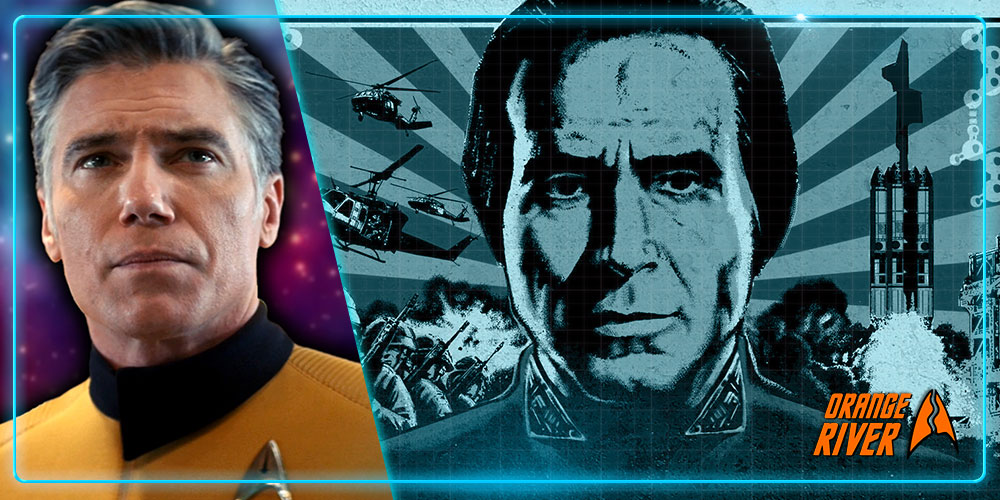Star Trek as a franchise has been around for over half a century. Having spawned ten television series and thirteen feature films, Trek is rather impressive when it comes to how consistent it has been with its own lore.
While strict adherence to canon is not always something the newer shows achieve, particularly regarding visual effects and production design, the truth is, Trek has been retconning itself ever since The Original Series was still airing! And between all the spin-off shows—from The Next Generation all the way to Enterprise and beyond—there are bound to have been some inconsistencies when it comes to character backstories, planetary identities, technology, historical events, and more.
First things first, something rather obvious I want to get out of the way: this list will not necessarily include every single continuity error that has been made in every episode throughout the franchise. I’m also not going to talk about changes in the Klingons’ makeup or anything like that, as that falls under aesthetics, which have changed between nearly every instalment in more ways than one. Rather, I’d like to examine some of the other changes to the lore that were made purposefully. So, here we go.
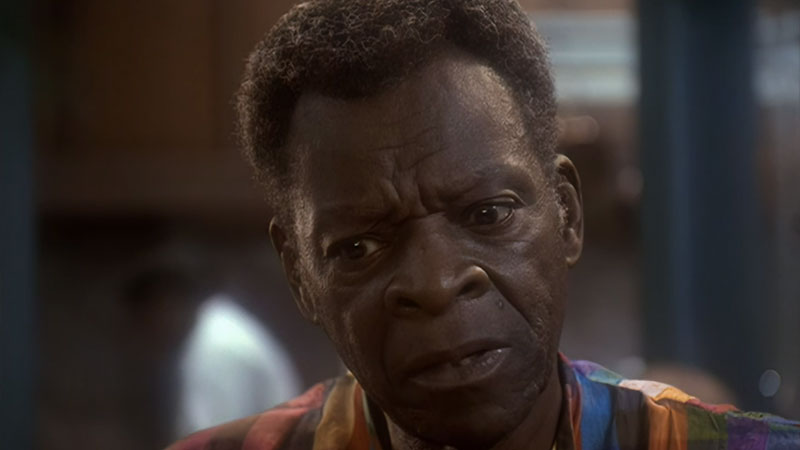
5 – Benjamin Sisko’s Dad
This is kind of a small one, but in earlier episodes of Deep Space Nine, Benjamin Sisko’s father, Joseph Sisko, is implied to be, well…dead.
In “Emissary,” Sisko refers to his father in the past tense, saying “my father was a gourmet chef.” Sisko further recounts his father’s grave illness in “The Alternate,” suggesting Joseph at that point is deceased. It’s not until season 4’s “Homefront” that we see Joseph be alive, though maybe not in peak health, which may in and of itself be a nod to “The Alternate.”
Sisko’s line in “Emissary” could also be interpreted as Joseph had given up cooking sometime before opening Sisko’s Creole Kitchen, though it’s more likely that his backstory simply had not been developed yet.
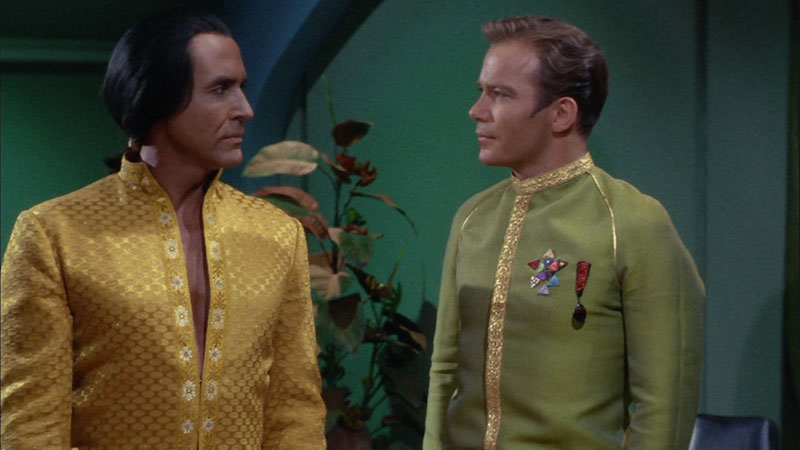
4 – The Original Series’ time period
In my video about Stardates—which was, of course, not controversial at all—I talked about how The Original Series’ method of time measurement was created to avoid stating what century the show took place in. Indeed, in Gene Roddenberry’s initial pitch, he intended for TOS to take place “sometime between 1999 and 2999.” Quite a wide range. And the purpose was to avoid arguments over whether certain technologies would have already been invented or even superseded by, say, the year 2265.
But in the episode “The Squire of Gothos,” when the Enterprise is nine hundred light-years from Earth, the crew comments on how the Q-like trickster alien Trelane has been observing activities on Earth for nine hundred years in the past. Except, Trelane’s clothing is distinctly 18th century in appearance, and he is aware of both the death of Alexander Hamilton and musical composition by Richard Strauss.
This would place TOS’s timeframe in approximately the late 28th century, at the earliest. However, other scripts—including the episode “Shore Leave,” produced before “The Squire of Gothos”—suggest TOS may take place as early as the 22nd century when Sulu describes a .38 Special handgun as being two hundred years old. The same also goes for “Space Seed,” where Kirk tells Khan that the Botany Bay had been drifting in space for approximately 200 years. We learn in that same episode that the Augments come from the late 20th century.
As a matter of fact, The Original Series’ placement squarely in the mid-to-late 23rd century is only confirmed in Star Trek: The Motion Picture, when Will Decker says the Voyager 6 probe was launched “over 300 years ago.” This is further solidified in Star Trek II: The Wrath of Khan, which literally opens with the title card “IN THE 23RD CENTURY…”
By the way, bonus fact: it was initially suggested that Star Trek: The Next Generation took place in the early 24th century rather than the 2360s, as in “Encounter at Farpoint,” Data claims he graduated with the Starfleet Academy Class of ’78—i.e., 2278. This was later retconned to the Class of 2345 in “Conundrum,” after TNG’s setting in the 2360s was solidified in “The Neutral Zone.”
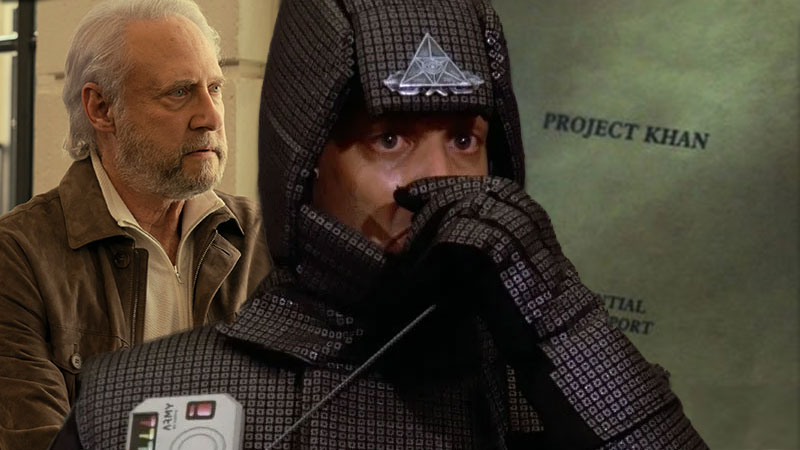
3 – The Eugenics Wars and World War III
Speaking of TOS’s time period, there’s also the matter of its other references to past human activity, particularly our global conflicts. I talked about this at length in my video about Khan’s empire and my video about the nuclear World War III of the mid-21st century. But suffice it to say, in the seminal season one episode “Space Seed,” Spock refers to the Eugenics Wars of the 1990s as occurring during the era of humanity’s “last so-called world war.”
The conflict saw the rise of genetically augmented supermen, mainly concentrated in Asia. Khan Noonien Singh was, of course, the most notorious of these augments, having reigned over more than a quarter of the planet until he and the other tyrants were toppled.
Later, though, in “Encounter at Farpoint,” World War III is retconned to being, as I just mentioned, a separate mid-21st century conflict. And in later instalments, totally different death counts are provided for each of these wars. This inconsistency could be chalked up to the way Spock, or Vulcans in general, refer to the chronology of human wars.
Perhaps World War III is seen as a continuation of the Eugenics Wars—in fact, this is the view endorsed by the pilot episode of Star Trek: Strange New Worlds, in which Captain Pike associates the Eugenics Wars with the immediate buildup to the final nuclear exchange. Or this could be in reference to a “second” Eugenics War.
Furthermore, Khan being a “product of 20th-century genetic engineering” could mean he still ruled in the 1990s or was actually born in the 1990s and was instead a contemporary of Colonel Phillip Green, who carried out his atrocities nearly a half-century later. This is, of course, regardless of references to the 1996 launch of the Botany Bay in The Wrath of Khan—the writers have reportedly chosen to ignore this.
Either way, as it’s written in dialogue, it definitely seems like each series’ writers had different intentions regarding this issue. Again, I provide more context about this apparent discrepancy in my videos about the Eugenics Wars and World War III—links to both are in the description.
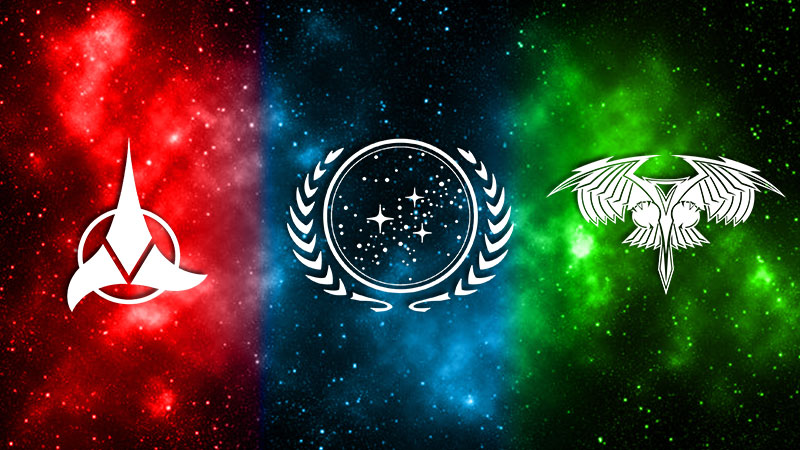
2 – The Klingons and Romulans – respective cultures and relationship with the Federation
So, this is a big one. In The Original Series, the Klingons filled the niche of the cunning totalitarians who used deceit and plotting to achieve their goals. Romulans, on the other hand, still had a militaristic outlook but with more of an emphasis on honour and duty. The Romulans also use D7 class cruisers, a ship design later presented as distinctly Klingon in origin. They even have Birds-of-Prey—later redubbed Warbirds—although these are of a different configuration than Klingon Birds-of-Prey. So, how on Earth did these species’ roles in the story get swapped?
The answer is that the original script for Star Trek III: The Search for Spock originally featured Romulans as the antagonists instead of Klingons. While the identity of the antagonists was switched, most of the other script elements remained the same. The Next Generation and other series subsequently compounded this association between Klingons and the Samurai Bushido-like code of honour while effectively retconning the Romulans as the sly and sleazy Space KGB, so to speak.
As for the ship classes, well, while we do see the D7-inspired K’t’inga class make its debut in The Motion Picture, it’s only in The Next Generation episode “Reunion” that a reference to a Klingon-Romulan alliance in the 2260s explains why both species use D7 cruisers. And for the record, this alliance also saw the exchange of other technologies like cloaking devices.
When it comes to the political relationship between the Federation and the Klingons in particular, we actually see another pretty significant retcon play out over the course of TNG. In the season 2 episode “Samaritan Snare,” during a conversation aboard a shuttlecraft between Captain Picard and Wesley Crusher, Picard tells the young lad about the time he fought some Nausicaans—something we see in “Tapestry.” Crusher asks, “Was this before the Klingons joined the Federation?” to which Picard answers “That’s right.” This would imply that the Klingons, well, became out-and-out members of the United Federation of Planets.
But as we see later on, this is simply not so—it’s only by the 26th century of a possible future that Klingon membership in the Federation is ever seriously entertained, according to the Enterprise episode “Azati Prime.” Attempts at explaining this retcon include Crusher referring to the 2352 Treaty of Alliance between the two powers, nearly sixty years after the Khitomer Accords. While a plain reading of Crusher’s line implies actual membership, this retcon is, I would say, sufficient.
And of course, later, in Star Trek: Discovery, we find out that the Romulans did in fact join the Federation by politically reunifying with their Vulcan cousins sometime between the 25th and 32nd centuries.
Also, something else Enterprise lightly (or not-so-lightly) retcons: in the TNG episode “First Contact,” Picard speaks to a Malcorian official about mankind’s disastrous first contact with the Klingon Empire, which eventually led to a lengthy and bloody war between our two species. We see in Enterprise that nothing like this ever happened, though Discovery does depict a mid-23rd century war between the Klingons and the Federation over a hundred years after first contact.
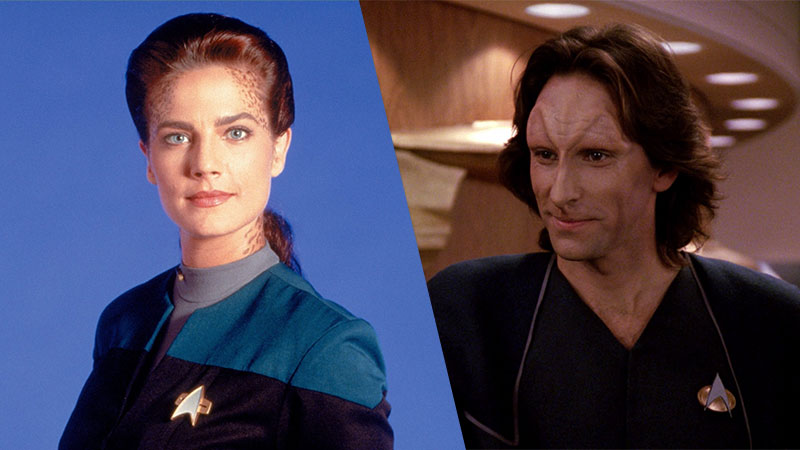
1 – The Trill
Arguably except for TOS’s century, as I discussed earlier, this is probably the biggest ACTUAL retcon in all of Star Trek. The season 4 TNG episode “The Host” introduces the humanoid Trill species along with their most distinctive physical trait, the slug-like symbiont with which Trill are joined. In the episode, a Trill ambassador named Odan is brought in to help mediate a dispute between the moons of Peliar Zel, another Federation member. However, a shuttlecraft incident kills Odan, leaving the symbiont in need of a new host. A sweaty Commander Riker fills this role until another Trill host can be secured, and as they say, shenanigans ensue.
The thing about “The Host” is that even though the Trill are hinted to be Federation members—something that’s never actually confirmed until Discovery—no human, or really any outsider, has ever learned of the existence of the symbionts. The existence of joined Trill, who make up only a fraction of Trill society, is later treated as a widely known fact, however. And besides this and the fact that Odan has forehead ridge makeup that is never seen again, there are quite a few other differences between “The Host” and later Trill appearances.
The symbiont is referred to as a “parasite” on more than one occasion and presented as completely taking over the host body, rather than the mixed personality observed with Trill in later instalments. Odan can also not use the transporter as it would harm the symbiont, something later never referred to again. And finally, whereas Odan—in Riker’s body—is ready to resume a romance with Dr Crusher that she had shared with Odan’s previous host, a Trill taboo against “reassociation” is depicted in the early seasons of Deep Space Nine.
Suffice it to say, I think that the changes made with the regular appearance of Jadzia Dax in DS9 made the Trill a more interesting and dynamic species, as they were made more than just meat bags for an androgynous invertebrate that couldn’t use the transporter.
As for how long the Trill have actually been Federation members prior to Discovery’s 32nd-century timeframe, well, that’s honestly a topic for another video…one in which I explore the biology, history, and culture of the Trill species and try to work out some of the other discrepancies regarding their portrayal throughout Star Trek. When will such a video arrive, you ask? Well, I’m not sure, but given that the Trill are my favourite species, I’m honestly really excited to cover them at some point on my channel.
As I said before, I certainly haven’t included every significant retcon across Star Trek. That…would probably take too long. Some honourable mentions, of course, include the change of James Kirk’s middle initial from “R” to “T”; alterations to the warp scale; the apparent death of Admiral Kirk prior to Scotty’s crash on the Dyson sphere in “Relics,” how long Odo and Dukat had been on Terok Nor during the Cardassian Occupation of Bajor, how long they’ve known Kira, and more.
If you want to support my work even further, becoming a patron at patreon.com/orangeriver is a great way to do so.
Watch The Latest Video By Orange River Media Below
Thank you all so much for watching. I know that the topic of this video isn’t exactly new news, but I did want to offer my thoughts on it. If you enjoyed this video, be sure to leave a thumbs up down below and don’t forget to share it.
That’s all I have for this week…live long and prosper…
You can find Orange River Media at the links below
- YouTube: https://www.youtube.com/orangeriver
- Twitter: https://www.twitter.com/orangerivernw
- Instagram: https://www.instagram.com/orangeriver.nw
- Facebook: https://www.facebook.com/orangerivernw
- Patreon: https://www.patreon.com/orangeriver

